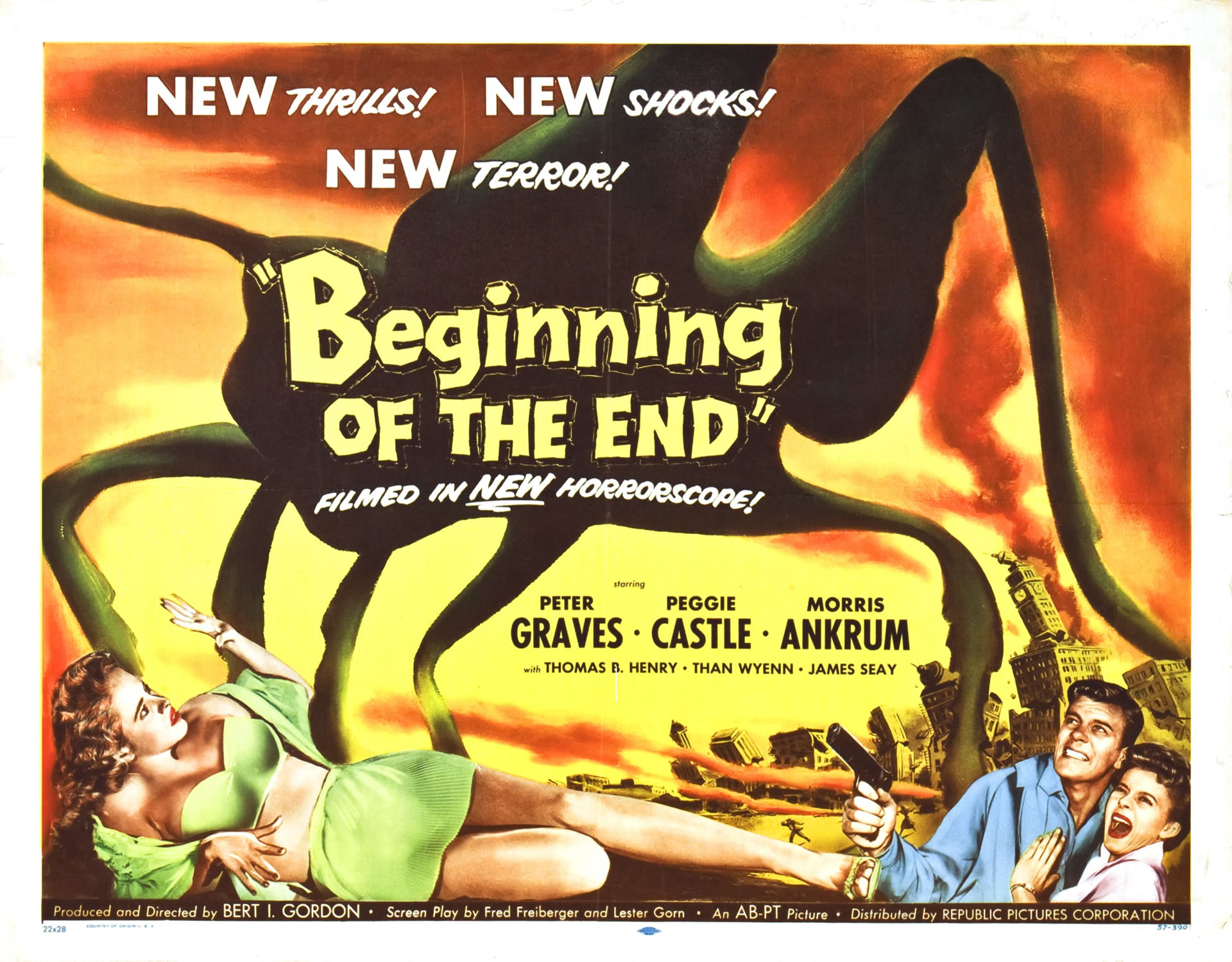
4:4, 11:16) and that the text nowhere states that Christ is on earth during this reign with the saints. The golden age of the millennium is instead the heavenly reign of Christ with the saints, in which the Church on earth participates to some degree, though not in the glorious way it will at the Second Coming.Īmillennialists point out that the thrones of the saints who reign with Christ during the millennium appear to be set in heaven (Rev.

The tension that exists on earth between the righteous and the wicked will be resolved only by Christ’s return at the end of time. This was the view of the Protestant Reformers and is still the most common view among traditional Protestants.Īmillennialists also believe in the coexistence of good and evil on earth until the end. The amillennial view interprets Revelation 20 symbolically and sees the millennium not as an earthly golden age in which the world will be totally Christianized, but as the present period of Christ’s rule in heaven and on the earth through his Church. There is no biblical evidence that the world will eventually become totally (or even almost totally) Christian, but rather that there will always be a parallel development of the righteous and the wicked until the final judgment. 13:38) until the end of the world, when they will be separated, judged, and either be thrown into the fire of hell or inherit God’s kingdom (Matt. In this parable, Christ declares that the righteous and the wicked will both be planted and grow alongside each other in God’s field (“the field is the world,” Matt. One revealing passage is the parable of the wheat and the weeds (Matt. There are numerous passages that speak of the age between the First and Second Comings as a time of great sorrow and strife for Christians. The problem with postmillennialism is that Scripture does not depict the world as experiencing a period of complete (or relatively complete) Christianization before the Second Coming. For example, Psalm 50:10 speaks of God’s sovereignty over all that is and tells us that God owns “the cattle on a thousand hills.” This is not meant to be taken literally.Īt the millennium’s end will come the Second Coming, the general resurrection of the dead, and the last judgment. Postmillennialists typically say that the millennium spoken of in Revelation 20 should be understood figuratively and that the phrase “a thousand years” refers not to a fixed period of ten centuries, but to an indefinitely long time. Today few hold to it, except such groups as Christian Reconstructionists, an outgrowth of the conservative Presbyterian movement. This view was popular with nineteenth-century Protestants, when progress was expected even in religion and before twentieth-century horrors were tasted. Let’s take a look at them.Īccording to Loraine Boettner in his book The Millennium, postmillennialism is “that view of last things which holds that the kingdom of God is now being extended in the world through the preaching of the gospel and the saving work of the Holy Spirit, that the world eventually is to be Christianized, and that the return of Christ will occur at the close of a long period of righteousness and peace, commonly called the millennium.” The three schools of thought are called postmillennialism, amillennialism, and premillennialism.


The millennium is a harbinger of the end of the world, and Revelation 20 is interpreted in three ways by conservative Protestants. The period of a thousand years, the writer tells us, is the reign of Christ, and the thousand-year period is popularly called the millennium. And when the thousand years are ended, Satan will be loosed from his prison and will come out to deceive the nations which are at the four corners of the earth.”

After that he must be loosed for a little while. And he seized the dragon, that ancient serpent, who is the Devil and Satan, and bound him for a thousand years, and threw him into the pit, and shut it and sealed it over him, that he should deceive the nations no more, till the thousand years were ended. In Revelation 20:1–3, 7–8, we read, “Then I saw an angel coming down from heaven, holding in his hand the key of the bottomless pit and a great chain. The terms all refer to when the “rapture” is supposed to occur. Most Fundamentalists and Evangelicals know that these words are shorthand for pre-tribulation, mid-tribulation, and post-tribulation.
#RAPTURE THE BEGINNING OF THE END HOW TO#
Are you Pre, Mid, or Post? If you don’t know how to answer that question, you’re probably a Catholic.


 0 kommentar(er)
0 kommentar(er)
